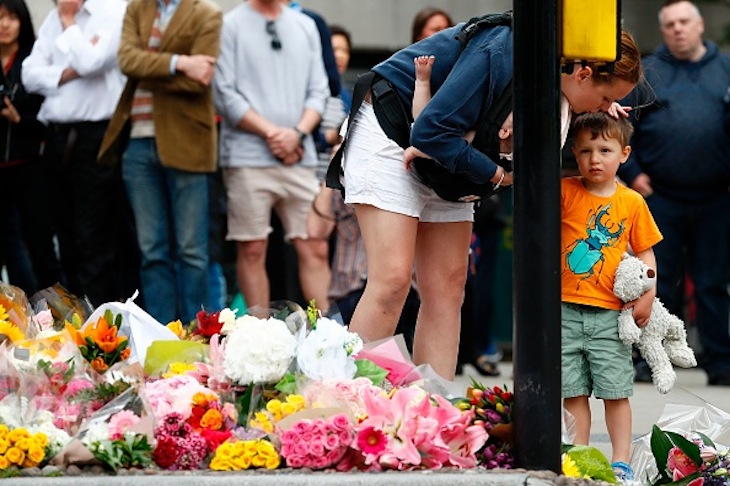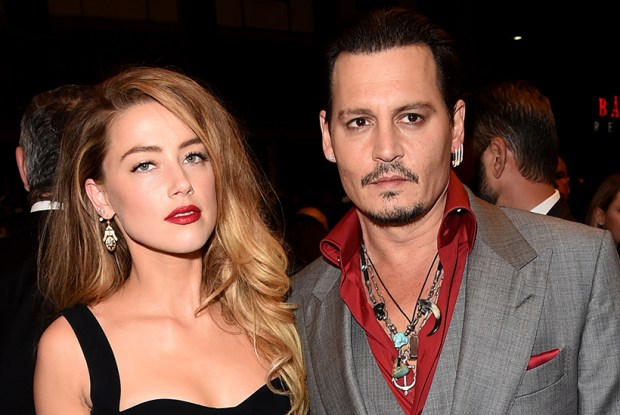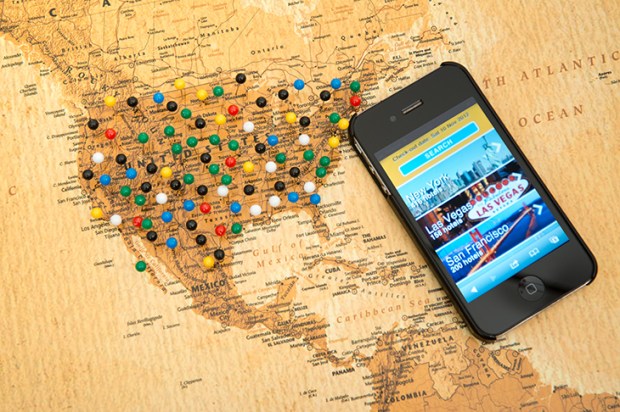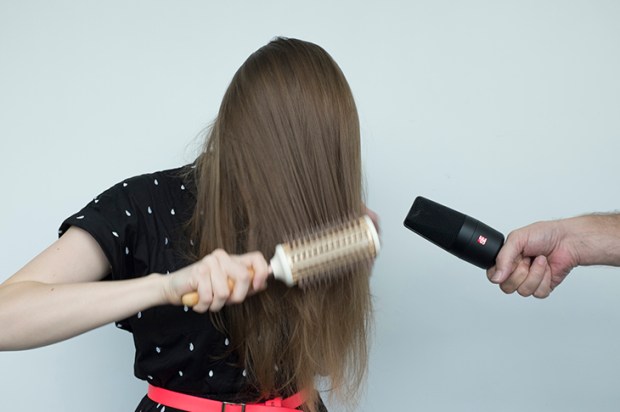Saturday evening in Durham. My in-laws and I had just begun our usual postprandial shout about Donald Trump when my niece appeared at the door, pale and serious. ‘There’s been another terrorist attack in London,’ she said. ‘I’m scared.’
The veins of the men in my husband’s family run with a sort of event-activated coolant. No one asked what had happened or how many were dead. My father-in-law said: ‘Don’t be daft. What’s there to be scared of?’ His brother added: ‘You’re more likely to be killed by cows.’ This, though not strictly true, is less ludicrous than you might imagine. Some 90 Brits were killed by terrorist attacks in the 15 years from 2000, whereas 74 were killed by cows.
The cows did the trick. My niece’s anxiety evaporated and she remembered what her headmistress had said after the Manchester bomb: more people were killed by terrorists in the 1970s with much less fuss, so don’t fret.
What an excellent head. Every teacher should follow her example, and every parent too. Children don’t need a painful explanation of Islamism or a sit-down chat about the bad men trying to undermine our way of life. Children need to feel safe. So switch off the TV, shrug, say: ‘It’s awful, but worse things have happened. Remember to look both ways before you cross the road.’ And if this strikes you as inadequate, then cast your mind back to that weird world of childhood, full of uncertainty and nightmares.
Perhaps because humans are born so puny, our offspring are particularly prone to terror. Children pick their personal bugbears from the world around them: dark cupboards, rats, clowns. Between the ages of five and 15 my bête noire was the vampire. I wore a scarf to bed for fear of neck bites and muttered spells to keep them at bay. To this day I remember the incredulous relief I felt when my aunt thought to tell me that they didn’t actually exist.
Now imagine a child who has become frightened not of mythical monsters, but of knife-wielding jihadis. What can you say? That they’re not real? That they’re not out to get you? If, in the mid-1980s, the portentous anchormen of the BBC had been reporting on vampire attacks, I’d have had to be sedated. It’s impossible to avoid the news; it’s everywhere: on wide screens out and about, and on small ones clutched in tiny palms. But what we can do is show our children how to react to it.
Kids of all ages are hyper-sensitive to their parents’ reactions. Even before they’re born, babies take their cue from their mothers. Pregnant mice, conditioned (poor mice) to fear the smell of peppermint give birth to babies who fear peppermint too. Even in the womb they’ve adopted their mother’s stress as their own. As with mice, with men — so treat the news with disdain; not just to show those Islamists some British pluck but because by far the greatest damage they can do is to make this already horribly anxious generation even more on edge.
Perhaps I’m worrying needlessly. Perhaps I should have more faith in the good sense and sangfroid of British parents — but recent signs have not boded well. One friend’s child was told by his teacher after Trump was elected that evil now ruled the world. No doubt the teacher felt better, righteous and brave. This normally plucky seven-year-old was in bits. The baddies have won? What did it mean? Another friend has a six-year-old son who was told at school that a vote for Brexit would mean England would be lonely with no friends.
It’s the same story with global warming, often explained by parents and teachers to even young children as an imminent event. ‘Think of your children, as I think of mine,’ said Prince Charles at a UN conference in November, restating his conviction that there were only 20 months left to save the world from global warming. If he really had been thinking of the children he wouldn’t have talked such obvious tripe. Children take things literally. They believe what adults say. Any child who took notice of the next king of England would right now be waiting for the world to end in just a matter of days.
If you take your child on marches for peace, if you paint their face with #LoveLondon to signal brave solidarity on Instagram, you’re conjuring a world for them in which it’s just Chris Martin and Ariana Grande standing between them and an army of black-clad Islamist assassins.
The 21st century must be a very peculiar time to be a child. We protect our progeny from any physical harm — smothering playgrounds in rubber and rushing like demented ape-mothers to savage any poor playfellow who dares to give our darling a pinch. We wade in to champion our kids at school, defend them against their own peer group and against teachers too. In 1971, 80 per cent of eight-to-nine-year-olds walked to school alone. Now it’s roughly 5 per cent. We tell ourselves the dangers are greater these days, that the streets are paved with perverts, but the evidence suggests the risk remains the same. Carefully we create these little spun-glass creatures, brittle, unused to harm or dissent. Then we tell ’em, quite casually, that the world is ending or that England is under siege from terror. No wonder they all need counselling.
So keep calm, carry on; remind the worried young that other people in other times and places have faced far, far worse. It soothes them and it’s useful too. My niece, having overcome her panic, is more interested in what happened in the 1970s, more understanding of the enormity of both world wars. To put the threat we face now into perspective is to shift a child’s focus from self to other, and there’s no better cure for fear than that.
Got something to add? Join the discussion and comment below.
Get 10 issues for just $10
Subscribe to The Spectator Australia today for the next 10 magazine issues, plus full online access, for just $10.
You might disagree with half of it, but you’ll enjoy reading all of it. Try your first month for free, then just $2 a week for the remainder of your first year.















Comments
Don't miss out
Join the conversation with other Spectator Australia readers. Subscribe to leave a comment.
SUBSCRIBEAlready a subscriber? Log in